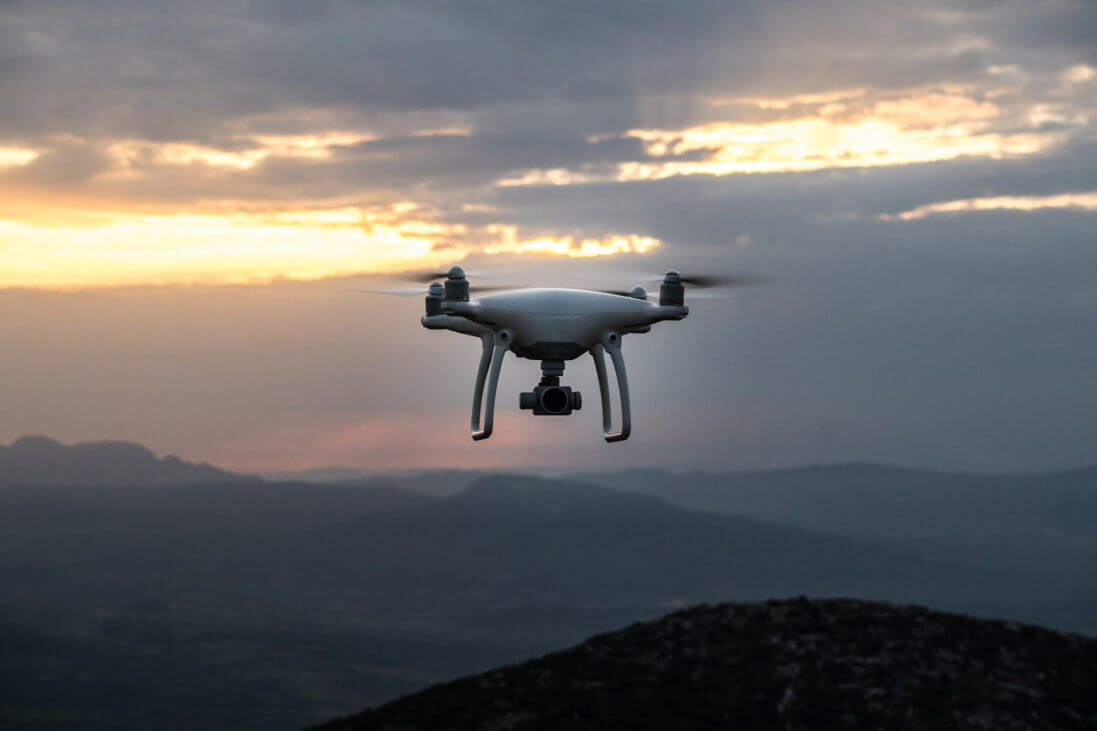
Jan. 23, 2019
Three FAA initiatives related to unmanned aircraft systems (UAS) demonstrate the agency’s ongoing commitment to safe integration of drones into the National Airspace System.
The DOT recently announced two draft rulemaking documents related to UAS operations that will soon be published. A draft Notice of Proposed Rulemaking (NPRM), Operation of Small Unmanned Aircraft Systems over People, proposes changes to Part 107 that would permit operations of small unmanned aircraft over people in certain conditions, and operations of small UAS at night, without obtaining a waiver.
Night operations would be allowed if the operator completes knowledge testing or training on topics related to operating at night. The UAS also must be equipped with an anti-collision light illuminated and visible for at least 3 statute miles. The proposal also would allow flights over people under certain conditions, which vary depending on the level of risk. The FAA proposes three categories of UAS with differing operational and design requirements. In addition, the NPRM proposes 24-month recurrent training in lieu of recurrent knowledge testing for remote pilots.
According to the FAA, these changes are the next step in integrating UAS, adding requests to operate at night are the most common types of waiver request.
The FAA also announced a related Advanced NPRM, Safe and Secure Operations of Small Unmanned Aircraft Systems, requesting information on whether the agency should conduct new rulemaking to require stand-off distances, additional operating and performance restrictions, the use of UAS traffic management and additional payload restrictions. The ANPRM also will request comment on whether the FAA should prescribe design requirements and require unmanned aircraft be equipped with certain safety systems.
These rulemaking documents will be published in the Federal Register; at which point the FAA will accept public comment.
NBAA members are encouraged to review the proposed regulation changes, and be prepared to provide comment to assist the FAA in writing an effective final rule that addresses the safety and operational needs of both manned and unmanned aircraft. NBAA will update members when the proposed rules are published and available for public comment.
“UAS work continues to move forward, as evidenced by these announcements from FAA,” said Heidi Williams, NBAA’s director, air traffic services and infrastructure. “These types of FAA-industry partnerships help advance safe integration of UAS into the NAS at a more rapid pace.”


 International Business Aviation Council Ltd.
International Business Aviation Council Ltd.